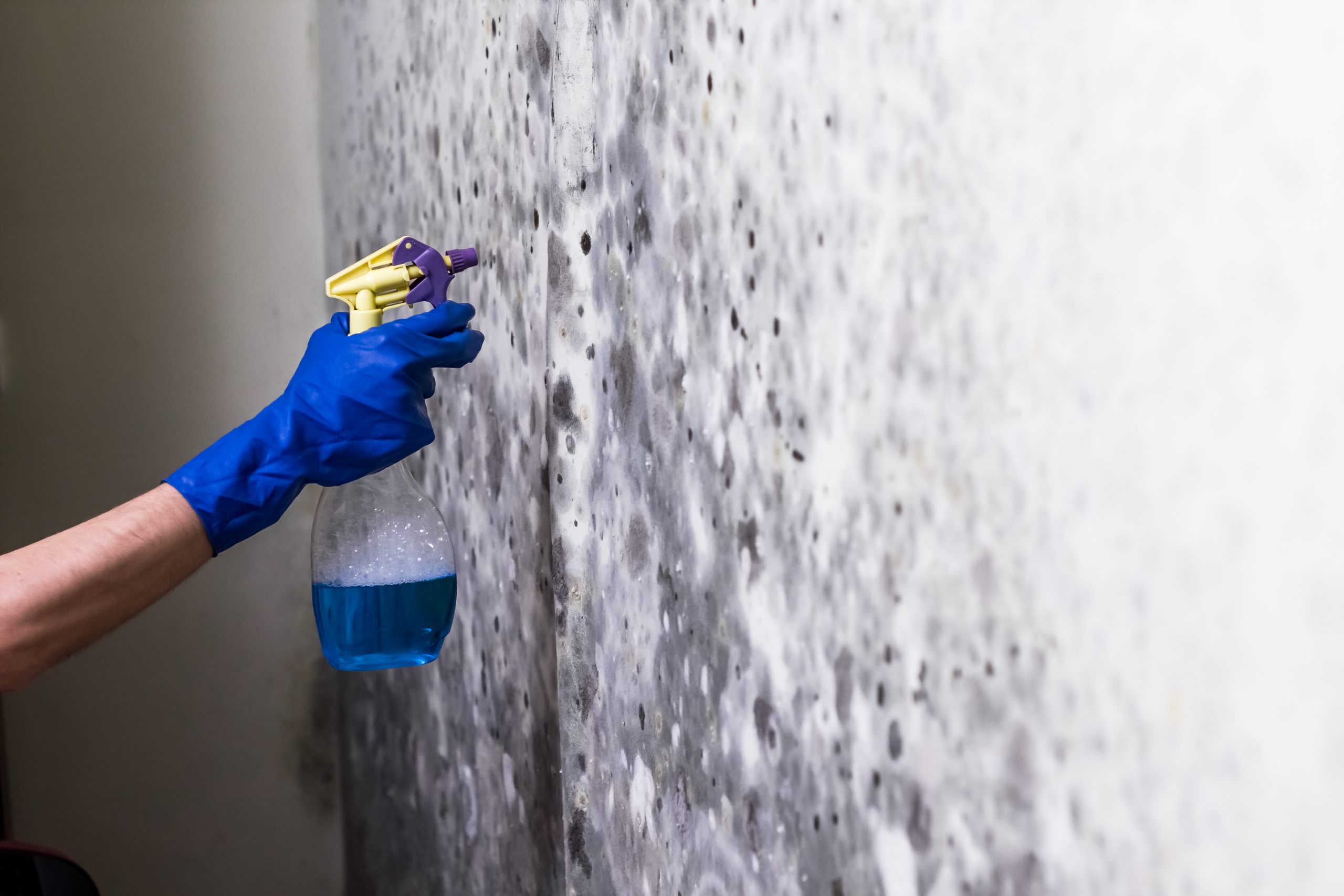Major Places You Need to Control Mold
For a healthy home, monitoring and eliminating mold is crucial. Unfortunately, mold in your home is sneaky and can creep up on you when you least expect it. Commonly, household mold develops because of water damage or a damp surface. Spores are known to stay dormant until they have the moisture and nutrients they need to bloom.
Below I have created a list of the top mold spots that are often missed in a house:
1. Damp basements or crawl spaces: Basements meet all the qualifications for a perfect growth area for mold: dark, proximity to the earth, and hidden from view. Be sure to create proper drainage and ventilation to discourage mold growth.
2. Shower stalls and bathtubs: Again, mold loves humid areas. When you shower, the warm moisture creates the perfect environment for mold to grow. The bathroom is the most common hotspot for mold! Check toilet seals, wet walls, shower curtains, sinks, and ESPECIALLY the shower. To keep mold from penetrating the tiles, you need to ensure your caulking and grout are in good shape.
3. Kitchens: Since kitchens are typically humid (think about all the cooking and dishwashing), they’re susceptible to mold growth. A slow leak can go undetected and be a breeding ground for mold. A leak under the sink, behind the fridge, or around the dishwasher can likely lead to a mold problem. Try to check these areas monthly.
4. Refrigerators: The condensation that forms inside your fridge can create a breeding ground for mold.
5. Air conditioners: These units provide the perfect conditions for mold to grow – warm, moist, and often located in a dark place.
6. Houseplants: Believe it or not, houseplants can also be a source of mold. If they’re not getting enough light, mold can grow on the leaves and soil.
7. Carpeting: Mold can become active in carpeting because of flooding, moisture from concrete foundations, or even spills. The carpet that houses mold will need replacing.
8. Windows: Condensation can build up on your windows as temperatures fluctuate, and spores hanging around can gradually take hold and bloom into a black, spotty mess. Mold is more common on shaded windows or windows that are often covered by curtains.
The best way to locate mold is to search for leaking pipes and dry out wet areas in your home. To help prevent mold growth, look into an air purifying system, such as a “Quiet Cool Advanced Whole-Home Fan,” which exchanges the home’s indoor air and replaces it with fresh outdoor air in minutes. Learn more about Quite Cool Home Fans.
If you suspect that there might be mold in your home, it’s essential to take action immediately. Call a professional mold removal company to come and assess the situation. They’ll be able to safely and effectively remove any mold that’s present. Mold can cause serious health problems, so it’s best not to take any chances.
Call The Plane Team
I enjoy every aspect of helping individuals buy and sell homes, even if it is dealing with mold! If you have questions or are ready to make a move, contact me at (928) 830-6976.



 Facebook
Facebook
 X
X
 Pinterest
Pinterest
 Copy Link
Copy Link


